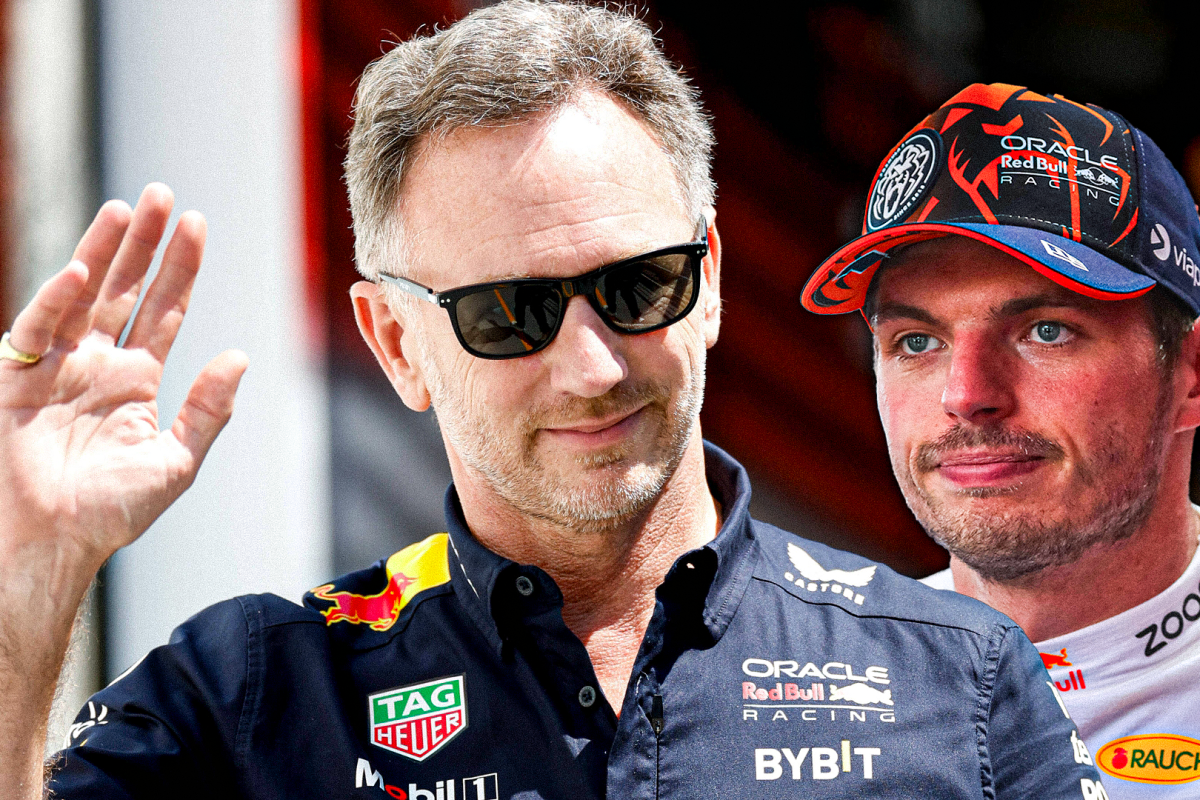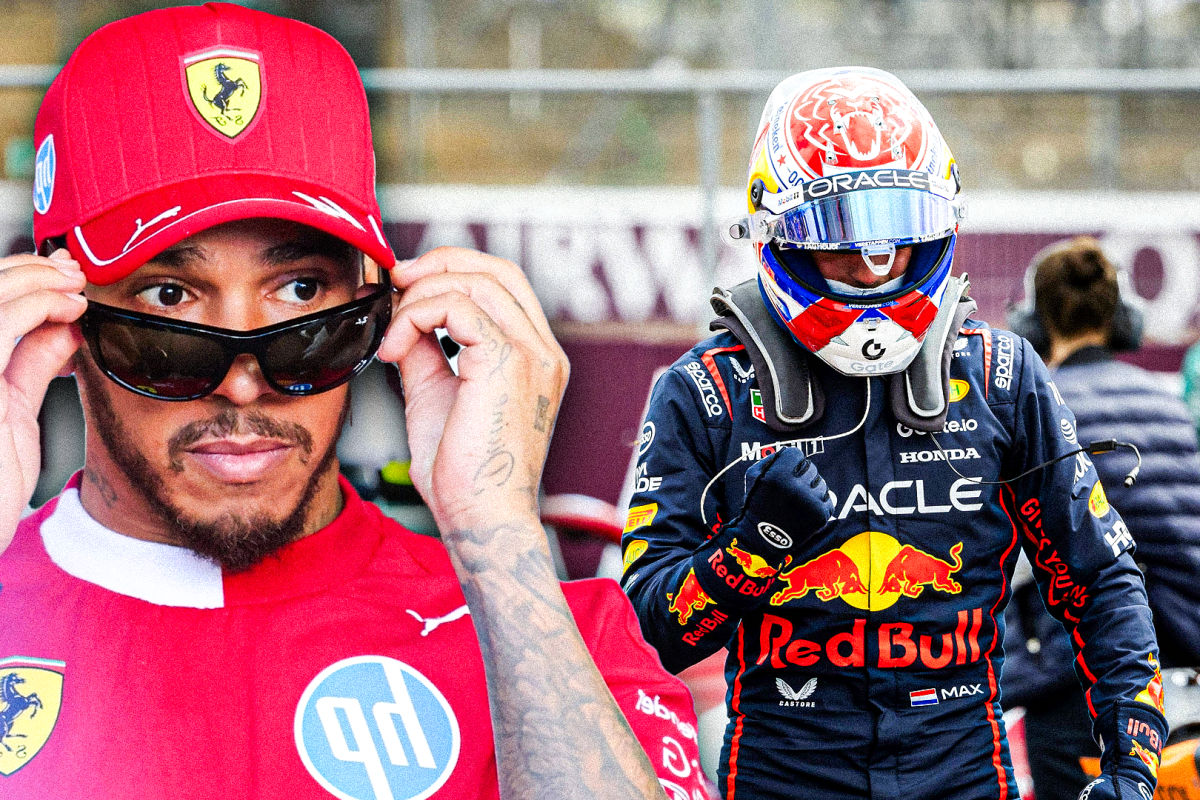Reason for Christian Horner’s Red Bull sacking ‘r… read more
**Speculation surrounding a potential sacking of Red Bull Racing Team Principal Christian Horner has recently ignited online, fueled by a fabricated news story that spread rapidly across social media and certain less reputable news outlets.** The supposed “revelation” – a concoction of rumour and unsubstantiated claims – centered around alleged disagreements with team ownership regarding the team’s strategic direction, particularly concerning driver management and future car development. While no credible source has confirmed these claims, the narrative gained traction, highlighting the power of misinformation in the digital age and the vulnerability of high-profile figures to fabricated news. The supposed “leak” pointed to tensions between Horner and Red Bull owner Dietrich Mateschitz (since deceased) and his successor, Oliver Mintzlaff, allegedly stemming from a series of poor strategic decisions during the 2023 Formula 1 season, as well as Horner’s reported high salary and perceived unwillingness to compromise.
The initial reports, which lacked any credible sourcing, suggested that Horner’s assertive management style and increasingly high profile had led to friction within Red Bull’s upper echelons. The fabricated narrative painted a picture of a power struggle, suggesting Horner’s influence was waning and that his decisions, particularly in the realm of driver relations and resource allocation, were increasingly being challenged by the leadership. Furthermore, the story claimed that internal audits had uncovered discrepancies in financial reporting, although no evidence supporting this allegation has emerged. This speculative element was further bolstered by mentioning anonymous sources within the Red Bull organization, a common tactic used to lend credibility to false narratives. The lack of named sources and verifiable evidence should have been a major red flag for anyone encountering the story, yet its sensational nature contributed to its rapid spread.
Crucially, the alleged reason for the supposed sacking – internal conflict over strategic direction – is far from uncommon in high-pressure environments like Formula 1. Teams constantly grapple with tough decisions about driver lineups, car development priorities, and resource allocation. Differences in opinion are an inevitable part of the process, and it’s unlikely any team operates in a state of complete harmony. Therefore, the purported conflict, while plausible in itself, provided a convenient framing device for the fabricated narrative, allowing it to appear believable to those unfamiliar with the intricate inner workings of a Formula 1 team.
The rapid dissemination of the false report highlights the dangers of unverified information in the digital sphere. Social media algorithms often prioritize engagement over accuracy, leading to the rapid spread of sensational and often false narratives. This effect is amplified when the subject matter involves high-profile individuals and a topic as captivating as Formula 1 racing. The story was shared widely across various platforms, including Twitter, Facebook, and several motorsport-focused forums, leading many to believe the information was legitimate. The lack of critical analysis and verification by many readers demonstrates the susceptibility to misinformation, particularly when it aligns with pre-existing biases or expectations.
The absence of any corroboration from reputable news sources, official statements from Red Bull Racing, or even a response from Horner himself is a significant indication that the story is entirely fabricated. Reputable media outlets covering Formula 1 have remained silent on the alleged sacking, which would be a major news story if it were true. This silence, coupled with the lack of any concrete evidence, should have served as a powerful counter-narrative to the fabricated report.
The incident serves as a cautionary tale regarding the importance of verifying information from multiple credible sources before accepting it as fact. The ease with which misinformation can spread in the digital age underscores the need for media literacy and critical thinking skills. The fabricated story of Christian Horner’s sacking is a clear example of how easily false narratives can gain traction, even in the context of a highly-scrutinized and well-followed sport like Formula 1. It’s a stark reminder that sensational headlines do not automatically equate to truth, and readers should always exercise due diligence before accepting information as factual, especially from sources lacking journalistic integrity or verifiable evidence. Ultimately, the episode highlights the importance of discerning between credible and unreliable reporting and the urgent need to combat the spread of misinformation online. In conclusion, there is no credible evidence to support the claims of Christian Horner’s sacking from Red Bull Racing. The purported reasons behind the alleged dismissal remain unfounded speculation and a prime example of a fabricated news story gaining undue traction online.




